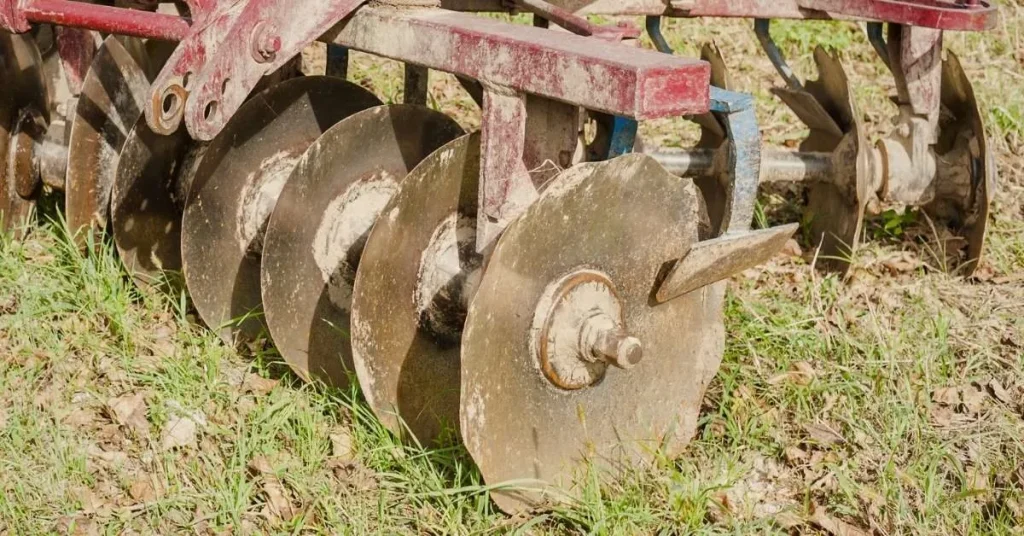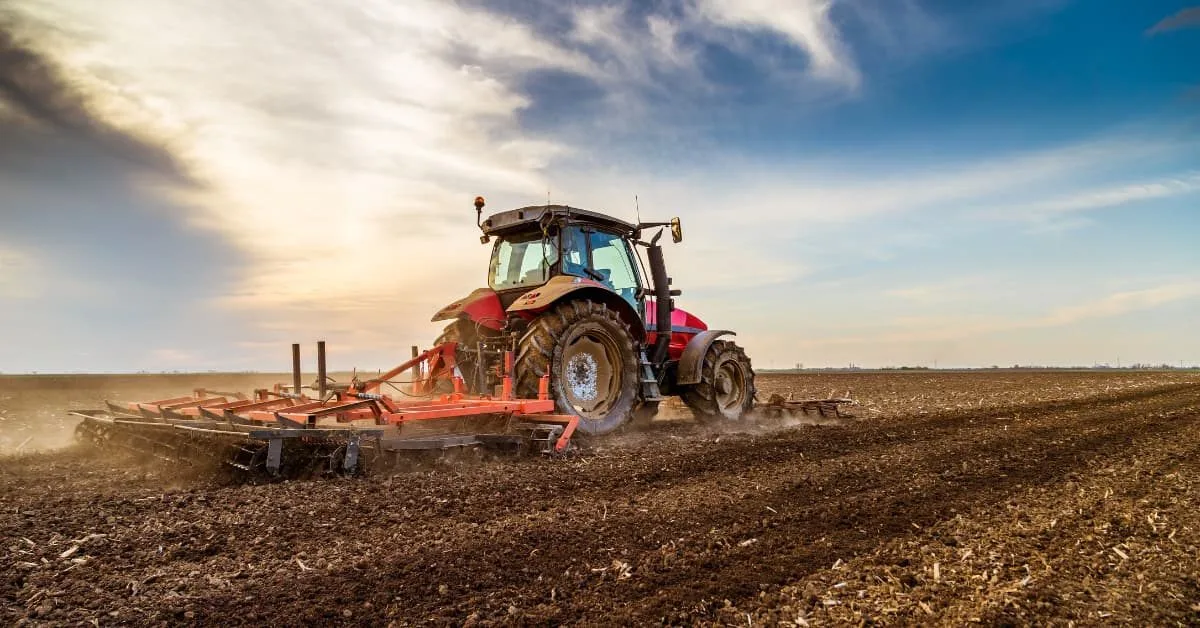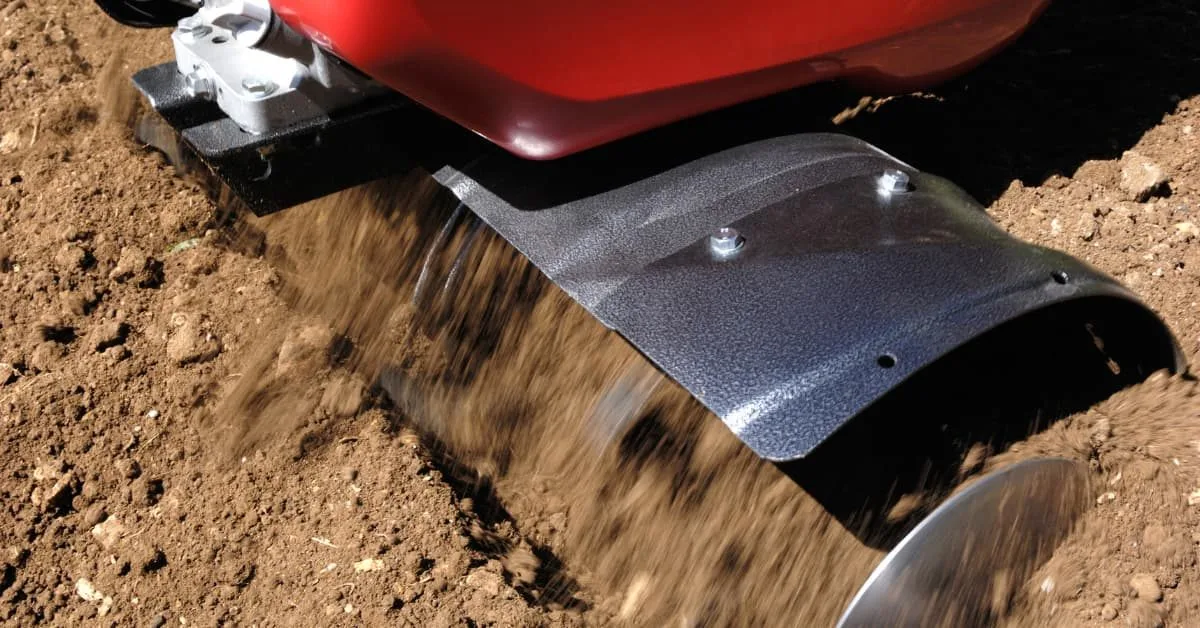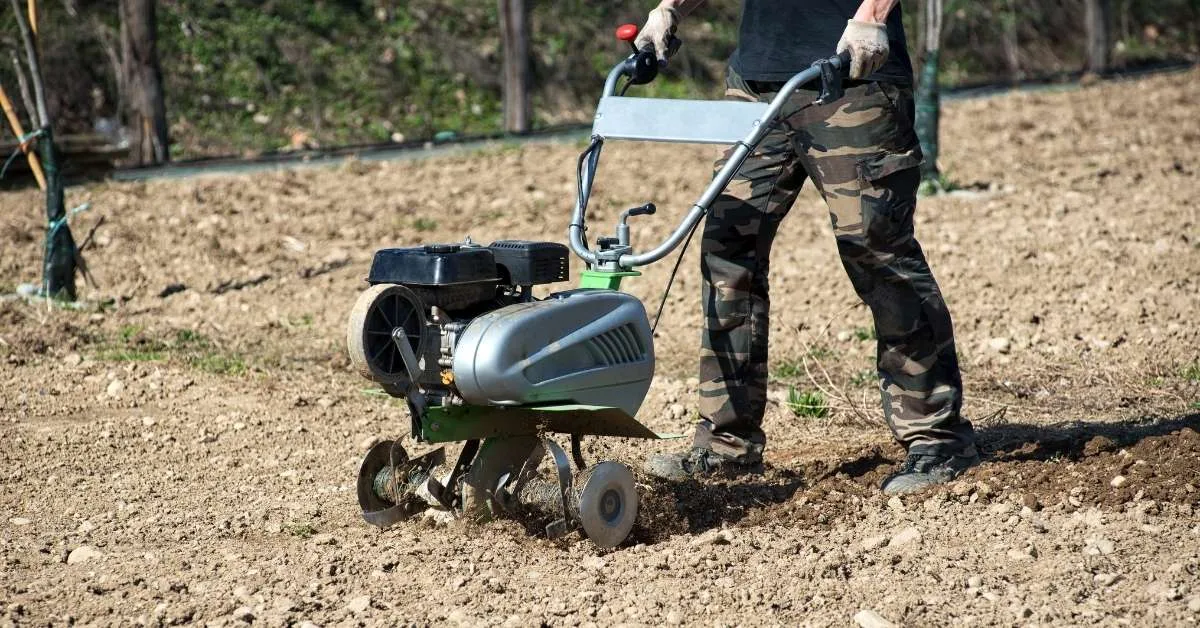Agricultural blades are essential components in farming machinery, as they largely determine the efficiency and performance of fieldwork. Keeping these parts in optimal condition ensures a clean and precise cut, reduces operating costs, and protects the integrity of your equipment.
At Agricola Navarro, as manufacturers of professional agricultural blades, we’ll explain when to replace them, how to recognize the warning signs, and what safety measures and maintenance practices you should follow to extend their lifespan.
Why is it important to replace agricultural blades on time?
Ignoring the condition of your blades can result in uneven cuts, increased engine strain, higher fuel consumption, and accelerated wear of other parts and components. Worn-out blades can also damage crops or cause blockages. Using sharp, well-maintained blades allows for a clean and precise cut, leading to improved work efficiency and healthier crops as well as better care of your lawn or garden.
5 key signs you need to replace your agricultural blades

1. Noticeable decline in cut quality
One of the clearest signs that it’s time to replace your blades is a decline in cut quality. If the machine struggles to cut grass or weeds evenly, or if stems appear torn or frayed, the blades are likely dull or misaligned. This not only affects the field’s appearance but also the health of the crops and lawn areas.
2. Increased effort and fuel consumption
When blades lose their sharpness, your machine needs more power to do the same job. This results in higher fuel consumption, greater engine strain, overheating, and, over time, premature wear of critical parts. Detecting this rise in effort early can help you avoid more serious damage. Make sure to also check components like the air filter, as it can impact overall machine performance. For battery-powered models, always check the charge level before use to avoid interruptions.
3. Unusual vibrations and noises during operation
Damaged blades can cause imbalance in the cutting system, resulting in intense vibrations or metallic noises. This may be due to a bent, broken, or loose blade. In addition to reducing effectiveness, these vibrations can damage components like the driveshaft or suspension system. Replacing worn parts promptly is key to keeping your equipment running smoothly.
4. Visible blade damage (wear, cracks, or breaks)
Inspect your blades regularly. Look for signs of wear, cracks, dents, or other visible damage. Even a small crack can lead to complete blade failure during operation, posing serious risk. Replacing damaged blades promptly is essential for safety and machine performance. Swapping out worn parts ensures a safer, more efficient operation.
5. Excessive build-up of debris and material on the blades
The accumulation of soil, plant residue, and other debris may indicate that blades aren’t cutting properly. This buildup can cause oxidation and friction, reducing blade lifespan. A well-maintained blade prevents unnecessary accumulation and enhances cutting efficiency.
How often should you check your agricultural blades?
The frequency of blade checks depends on factors like crop type, soil condition, machine usage, and power. As a general guideline:
- Visually inspect your blades every 20–30 hours of use.
- Perform a deeper maintenance check every 50 hours.
- Always inspect blades before and after each farming season.
For battery-powered machines, ensure they are fully charged before performing maintenance, and disconnect the power to avoid accidental start-ups. For fuel-powered models, shut off the fuel supply and release any built-up air pressure in the system.
Tips to extend the life of your agricultural blades
To maximize the durability of your blades and reduce the need for replacements, consider the following practical tips:
- Regular maintenance: Clean and lubricate your blades after each use. Removing plant residue and moisture prevents corrosion.
- Proper cleaning: Never store machinery without cleaning the blades. Use compressed air or specialized brushes to remove debris.
- Select the right blade: Choose your blade based on soil type, crop, and machine. A blade used for cutting grass or weeds isn’t the same as one designed for hard ground.
- Sharpen regularly: Use proper tools to sharpen blades. If you’re inexperienced, consult a professional to maintain balance and safety.
- Follow safety measures: Always wear gloves, safety glasses, and use the right tools. Never handle blades while the machine is powered or connected.
- Protect your environment: Keep others at a safe distance during work and protect your accessories from impact or falls that could damage them.
Safety precautions when replacing agricultural blades
Replacing a blade isn’t a complex task, but it can be dangerous if not done properly. Always:
- Place the machine on a stable surface.
- Disconnect the battery or engine before starting.
- Use the right tools to remove the parts.
- Make sure the new blade is securely fastened.
- After replacement, perform a dry test to ensure there are no unusual noises or vibrations.
Always follow the safety guidelines in your machine’s manual and avoid improvising. Prevention is the best way to avoid accidents.
Where to find quality agricultural blades
AN Blades have become a trusted choice for those seeking reliable, high-performance solutions for cutting grass, weeds, or tougher crops.
At Agricola Navarro, we specialize in agricultural spare parts. We offer a wide catalog of high-quality blades, parts, and agricultural replacements, with guaranteed durability and compatibility across multiple brands and models. We also provide personalized support to help you select the most suitable blade for your needs.
Conclusion
Now that you know the key signs of when to replace your agricultural blades, don’t neglect regular maintenance. Investing in quality blades ensures safe, efficient, and profitable work. Remember to inspect your equipment frequently, follow safety precautions, and choose the right blade for your machine and crop type.
Visit our online catalog at Agricola Navarro and find the blades and spare parts you need to keep your agricultural equipment running at its best.



